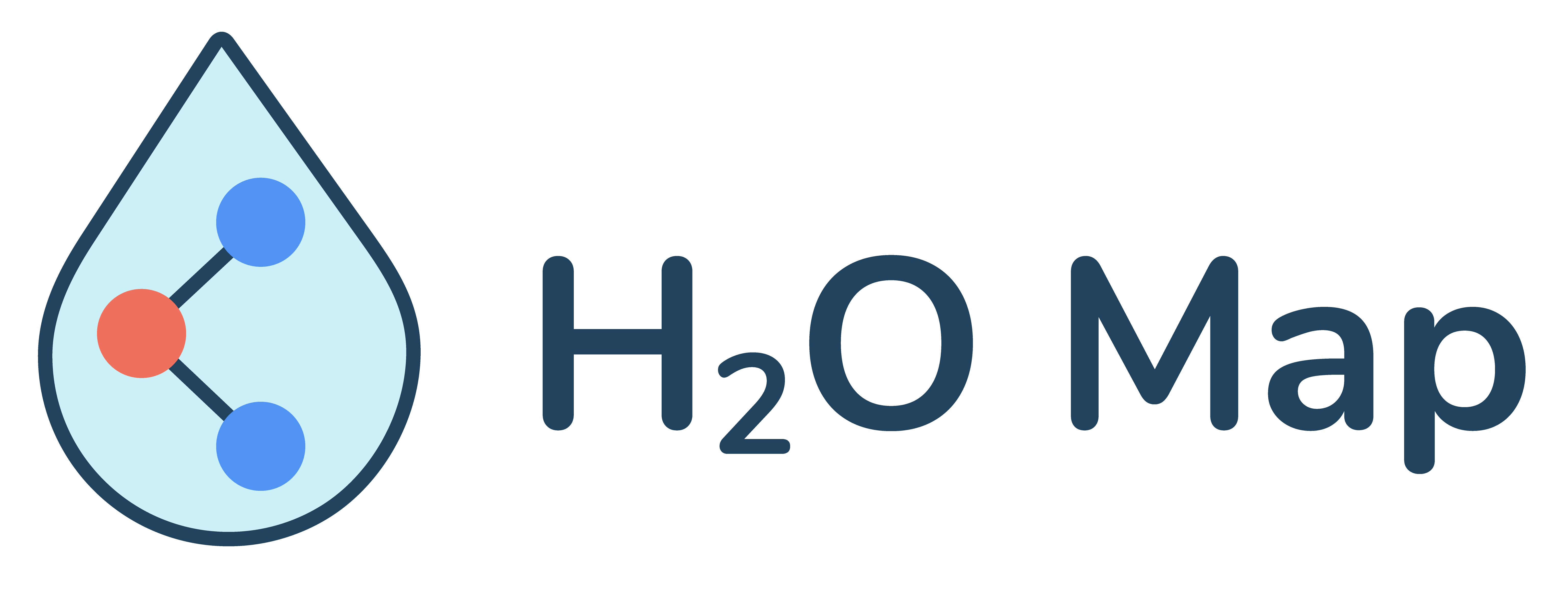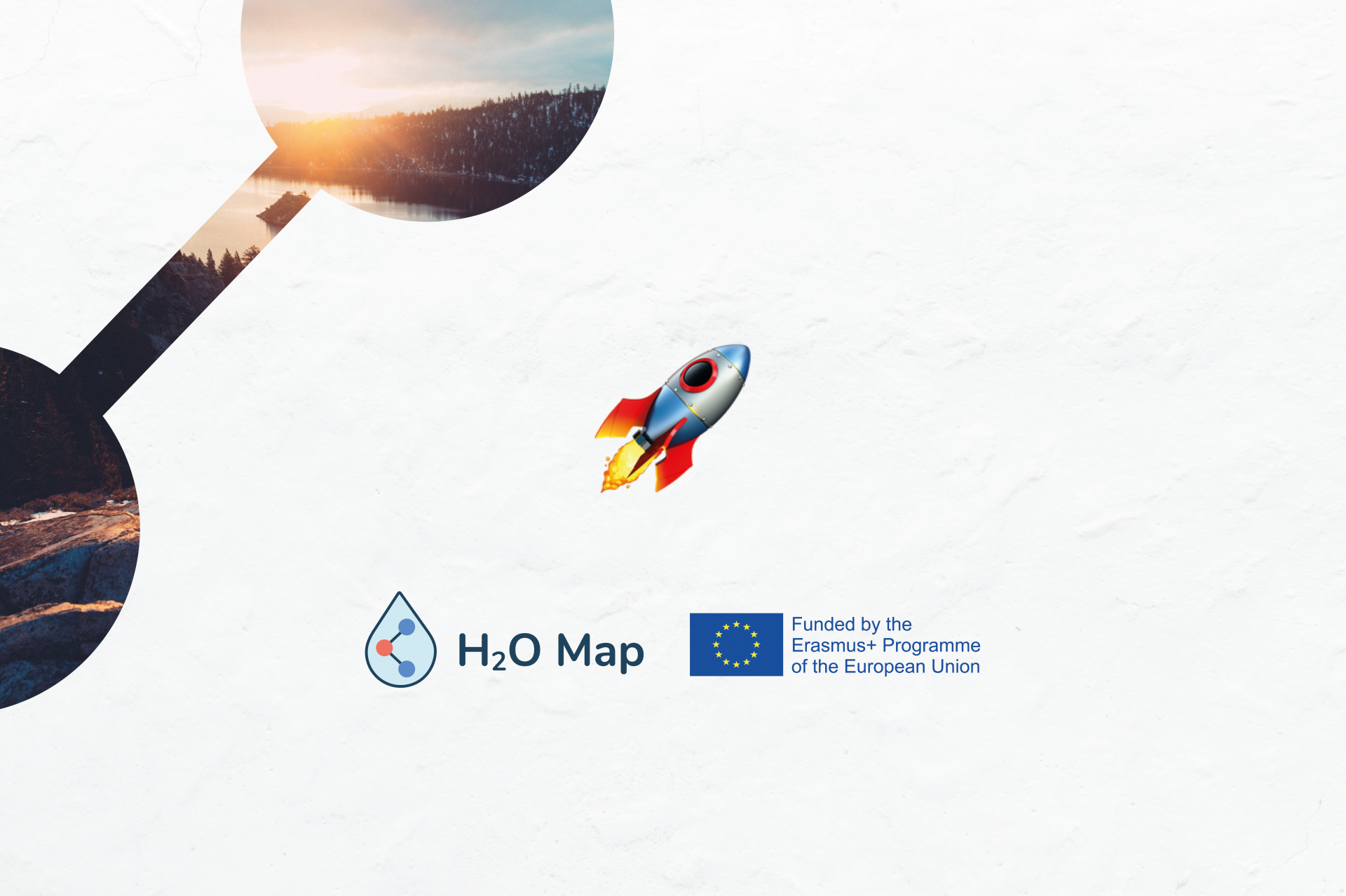H2O Map kicks off its 3-year journey
After the selection of H2O Map in the call for proposals of the Erasmus + 2020 program, we have rolled up our sleeves and set to work, and we are happy that little by little the project is developing as we planned.
But, what exactly is H2O Map all about? Well, H2O Map is a project coordinated by the FACSA Chair of Innovation in the Integral Water Cycle of the Universitat Jaume I (Castellón, Spain) the purpose of which is to promote the use of information and communication technologies (ICT) and knowledge related to science, technology, engineering and mathematics (STEM), to increase the quality of education, analyze water resources and value hydraulic heritage, as well as to encourage the ethical and civil responsibility that we all must protect.
The project will be carried out between 2020 and 2023 and in it are participating the Jaume I University of Castellón, Spain (Coord.), the University of Alacant (Spain), the University of Pavia (Italy), the high schools of Penyagolosa (Spain), Taramelli-Foscolo (Italy), and the agrupamento de Escolas do Campo Maior and Nº3 of Elvas (Portugal).
The main objectives pursued by H2O Map are, firstly, to improve the skills of teachers and students in ICT tools; on the other hand, to increase student interest in STEM; and finally, to highlight the importance of the European hydraulic heritage. For this, an educational multiplatform will be developed for the mapping of the hydraulic heritage in order to value this cultural asset and highlight its importance for local development. In addition, a methodological guide will be developed. This guide will be an easy-to-use manual to help teachers in acquiring knowledge about the new methodology developed and improving students’ ICT and STEM skills. Finally, an online course will be developed which will allow teachers to learn in a practical way about teaching innovation tools related to heritage mapping.
In addition, throughout the three years of the project’s life, learning activities will also be carried out, in which students and teachers will travel to partner countries to develop three case studies applying these new methodologies. And also, we will organize 9 multiplier events, which will serve to disseminate the results of the project in partner countries.
This international strategic collaboration will allow participating partners to work together to generate innovative practices in education, highlighting the importance of ICT as useful tools for all fields of study. The mapping of the European hydraulic heritage is an example of how different branches of knowledge can converge and be enriched by applying ICT for the benefit of a more comprehensive education and the future employment of students.
 English
English Español
Español Italiano
Italiano Português
Português

Leave a Reply